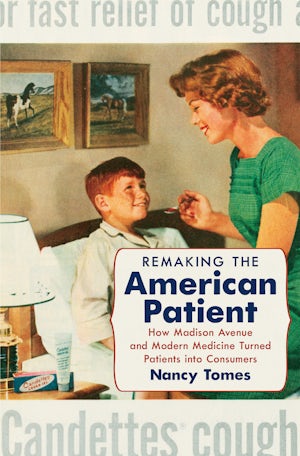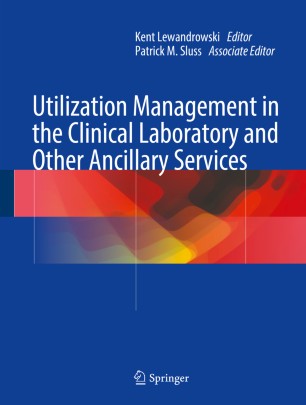A second book on the same topic on US healthcare. And the regulatory messages are:
Despite the political uproar surrounding the ACA, many citizens, including the legislation's opponents, acknowledged the need for some type of reform. Indeed, ACA antagonists were most effective raising the specter of how federal programming would worsen health care rather than boasting about prevailing arrangements. Poor service distribution, fragmented care, and uneven service quality had long characterized U.S. medicine. But policymakers and voters were primarily concerned about the uninsured and the exorbitant costs that ranked American health care as the world's most expensive. These flaws helped push the ACA over the finish line. And the program has thus far proven resilient, withstanding presidential and congressional contests as well as significant court challenges.Right now it seems that ACA is not enough. Let's wait and see.
The ACA built new rooms atop a defective, jerry-built edifice. The public option would have put the nation firmly on the path toward a nationalized, universal system by creating a government-managed plan and using regulations and mandates to enfeeble and eventually drive out private coverage. Readers can decide for themselves the wisdom of creating a centralized system. Nonetheless, because the ACA failed to secure fundamental, structural reform, it will be unable to rein in costs while also maintaining or improving the quality of care. Indeed, this narrative has illustrated how a fusion of public and private power constructed an institutionally tangled health care system that, even under the banner of comprehensive reform, policymakers were ultimately unable to rescue from the insurance company model.





